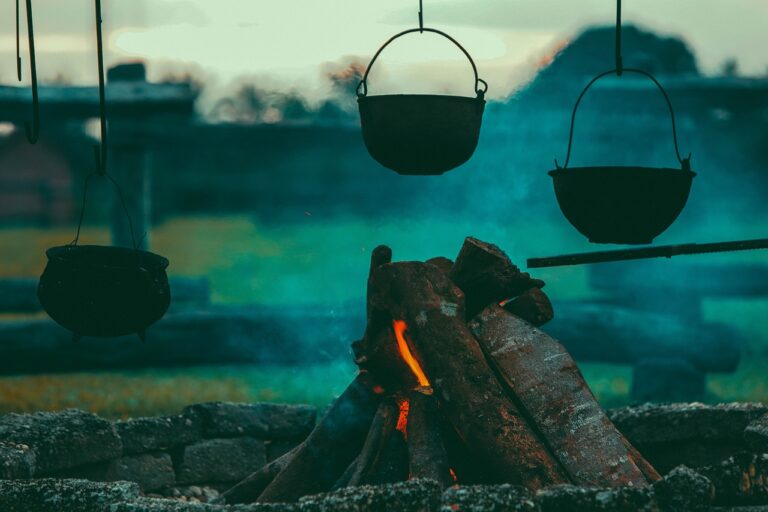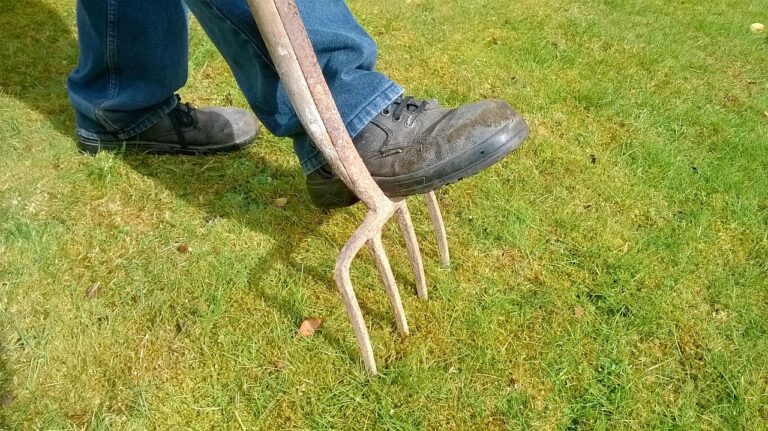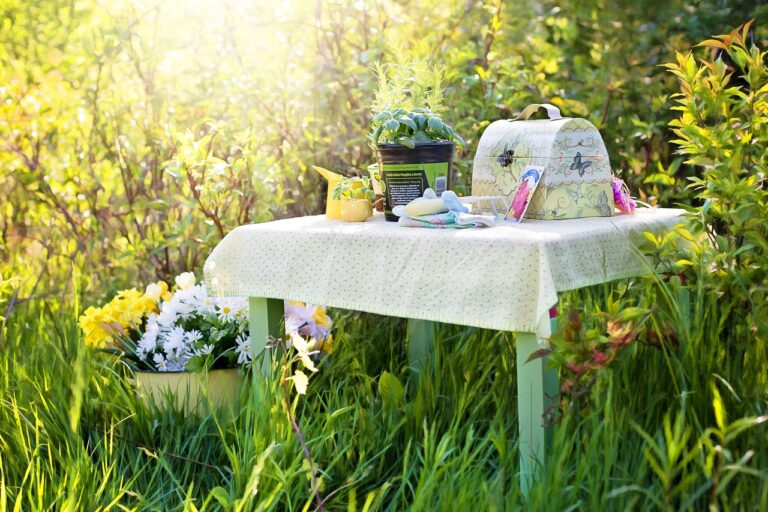The Ultimate Guide to Raised Beds: Maximize Your Gardening Experience
Raised beds offer gardeners numerous advantages, from improved soil health to extended growing seasons. This comprehensive guide will explore the benefits, types, materials, and construction techniques of raised beds, empowering you to elevate your gardening experience.
Benefits of Raised Beds
- Improved Soil Drainage: Elevated beds allow excess water to drain effectively, preventing root rot and promoting healthy plant growth.
- Warmer Soil Temperatures: The soil in raised beds heats up faster in spring, extending the growing season for early crops.
- Enhanced Soil Structure: Raised beds can be filled with optimal soil mixes, improving aeration and nutrient retention.
- Easier Access: The elevated height reduces bending and kneeling, making gardening more accessible for individuals with mobility limitations.
- Pest Control: Raised beds physically isolate plants from ground-dwelling pests, reducing the need for pesticides.
Types of Raised Beds
- Wooden Raised Beds: Durable and aesthetically pleasing, but require regular maintenance to prevent rot.
- Metal Raised Beds: Strong and rust-resistant, but can heat up quickly in direct sunlight.
- Plastic Raised Beds: Lightweight and easy to assemble, but may not be as durable as other materials.
- Concrete Raised Beds: Permanent and highly durable, but require professional installation.
- Brick or Stone Raised Beds: Classic and decorative, but require a sturdy foundation and mortar.
Materials for Raised Beds
- Wood: Cedar, redwood, and cypress are naturally resistant to rot and insects.
- Metal: Galvanized steel or aluminum is rust-resistant and durable.
- Plastic: Polyethylene or polypropylene are lightweight and UV-resistant.
- Concrete: Poured concrete provides a permanent and sturdy structure.
- Brick or Stone: Natural materials that add an elegant touch to the garden.
Construction Techniques
- Simple Frame: Build a rectangular frame using boards or metal sheets, then fill with soil.
- Self-Watering Bed: Include a reservoir at the bottom to provide plants with consistent moisture.
- Tiered Bed: Create multiple levels to maximize space and enhance drainage.
- Hügelkultur Bed: Layer organic materials such as logs, branches, and compost to create a self-fertilizing system.
- Keyhole Bed: A bed with a central composting cylinder that provides nutrients to plants.
Choosing the Right Raised Bed
Consider the following factors when selecting a raised bed:
- Size: Determine the space available and the number of plants you plan to grow.
- Material: Choose a material that meets your durability, maintenance, and aesthetic preferences.
- Height: Opt for a height that provides adequate soil depth while still allowing easy access to plants.
- Shape: Rectangular, square, or round beds can fit different garden spaces and plant sizes.
- Purpose: Consider whether you need a bed for growing vegetables, herbs, or flowers.
Conclusion
Raised beds empower gardeners with improved soil conditions, extended growing seasons, and enhanced gardening experiences. By understanding the benefits, types, materials, and construction techniques, you can select and build the perfect raised bed to maximize your gardening potential. Embrace the transformative power of raised beds and cultivate thriving plants in your own backyard oasis.

























